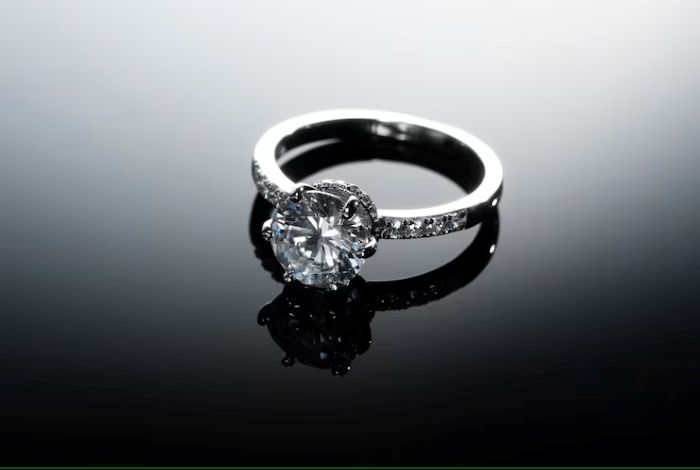Solitaire Ring Artificial: The Ethical and Stunning Alternative to Mined Diamonds

Engagement rings and celebratory jewelry feature this choice because of its brilliant glitter and perceived uniqueness. The conventional diamond mining business is ethically and environmentally dubious thanks to conflict diamonds, exploitative labor, and ecological damage. Fortunately, solitaire ring artificial creations offer an excellent alternative. Without ethical considerations, these lab-grown diamond rings have the same breath-taking beauty and strength as mined diamonds. Choosing lab-created stones for a more ethical, animal-friendly, and sustainable fashion style will help luxury and conscience live side by side.
Environmental Advantage of Lab-Created Diamonds
Diamond mining has a major effect on the surroundings. Often resulting from land excavation for the mining of Earth’s crust is soil erosion, habitat degradation, and deforestation. The use of water and energy fuels greenhouse gas emissions and resource depletion. Far more sustainable are lab-made diamonds, which are perfect for creating a solitaire ring artificial. Growing under regulated settings that minimize land disturbance, water consumption, and usage of renewable energy, they help to reduce environmental harm. Independent studies find that lab-grown diamonds produce less carbon and consume less energy than mined diamonds. Purchasing solitaire ring artificial designs helps consumers reduce their environmental impact and promote environmentally friendly jewelry-making. Sustainable lighting also simplifies the supply chain, therefore minimizing the need for massive carbon-emitting transportation systems.
Ethical Jewelers: Steer Clear of Animal Cruelty
Apart from the clear environmental damage, one should pay attention to the indirect impact of the diamond business on animal welfare. Mining operations by their very nature require extensive land removal and ecological destruction. Because of their displacement, many animals have to fight for scarce resources or migrate to strange, maybe dangerous environments. Natural environments lost endanger species depending on them for refuge, feeding, or reproduction. By removing vast swathes of territory, diamond mining disturbs ecosystems. Food chains can be disrupted by this disturbance of the local flora and fauna. From altering drainage patterns to water pollution to soil erosion, wildlife faces other challenges. Choosing a solitaire ring artificial crafted in a laboratory can help consumers avoid these adverse consequences. Supporting a production method that reduces environmental damage indirectly safeguards natural ecosystems and species.
Fair Labor Standards: Ethically Sourced Jewelry Industry
Labor and human rights have ethical problems for the diamond sector. Trade in “conflict diamonds,” sometimes known as “blood diamonds,” directly funded military conflicts, supported totalitarian governments, and prolonged suffering all around. Outside conflict areas, several areas of diamond mining and processing raise ethical labor questions. These include vulnerable worker exploitation, poor working conditions endangering miners’ health and safety, and unfair pay. Diamonds used in solitaire ring artificial designs have more ethical origins. These lab-grown diamonds abide by more rigorous labor standards. This usually translates into fair pay, safe environments, and robust worker rights protections. Transparency in lab-grown diamond output makes auditing and total traceability possible. More responsible and ethical decisions for consumers result from increased openness, reducing the possibility of human rights abuses and unethical supply chain activities.
Conclusion
Although they are less expensive, lab-made diamonds have one of the major advantages: they look and shine like mined diamonds. Technological developments have produced diamonds for solitaire ring artificial designs that are almost exactly like natural ones.




